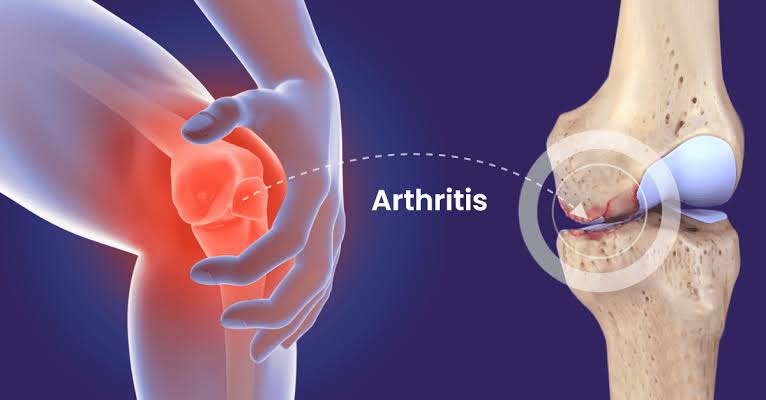As I stood at the edge of the precipice, gazing out at the vast expanse of uncertainty, I knew that I had a choice to make. The diagnosis of arthritis had left me reeling, the pain and stiffness threatening to hijack my life. But I refused to let it define me. I took a deep breath, and with a fierce determination burning within me, I declared myself “The Movement Maverick”. I would not be held captive by this condition – I would rise above it, one step at a time.
With every painful step, I defied the limitations that arthritis tried to impose. I danced in the rain, hiked through the mountains, and swam in the ocean. I laughed, I cried, and I pushed myself to the brink of exhaustion. And with each triumph, my body began to heal, my spirit began to soar. I was no longer a prisoner of pain – I was a warrior of movement, a maverick of hope.
As I looked out at the breathtaking view, I knew that this was just the beginning. I would continue to move, to push, to defy. For every step I took, I knew that I was not just fighting for myself, but for all those who had been held back by arthritis. I was the Movement Maverick, and I would not rest until every individual had the chance to experience the liberation of movement, the thrill of the unknown, and the joy of living life to the fullest. The journey was far from over – but with every step, I knew that I was one step closer to a life without limits.
What is Arthritis?
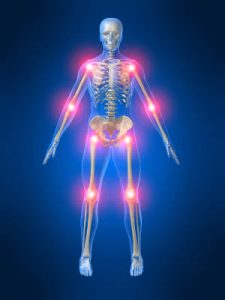
Arthritis: A group of conditions that affect the joints and musculoskeletal system, characterized by inflammation, pain, stiffness, and swelling.
Types
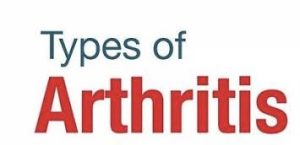
1. Osteoarthritis (OA): A degenerative condition where cartilage wears down, leading to bone-on-bone contact and pain.
2. Rheumatoid Arthritis (RA): An autoimmune disease where the body attacks the lining of joints, causing inflammation and pain.
3. Psoriatic Arthritis (PsA): An inflammatory condition affecting people with psoriasis, causing joint pain and stiffness.
4. Gout: A type of arthritis causing sudden, severe joint pain (often in the big toe) due to uric acid buildup.
5. Lupus: An autoimmune disease affecting various body parts, including joints, skin, and organs.
6. Fibromyalgia: A chronic condition characterized by widespread muscle pain, fatigue, and tender points.
7. Ankylosing Spondylitis (AS): An inflammatory condition affecting the spine and pelvis, causing stiffness and fusion of joints.
8. Juvenile Idiopathic Arthritis (JIA): A chronic condition affecting children and teens, causing joint pain, stiffness, and inflammation.
9. Sjogren’s Syndrome: An autoimmune disease affecting the glands that produce tears and saliva, causing dry eyes and mouth.
10. Reactive Arthritis (ReA): A condition triggered by bacterial infections, causing joint pain and inflammation.
Causes
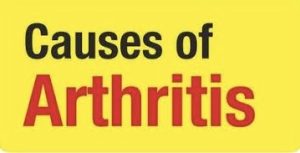
1. Age: Risk increases with age, especially after 65.
2. Gender: Women are more likely to develop arthritis than men.
3. Family history: Genetic factors can contribute to the development of arthritis.
4. Injury: Joint injuries can increase the risk of developing arthritis.
5. Autoimmune disorders: Conditions like rheumatoid arthritis and psoriatic arthritis, where the immune system attacks the joints.
6. Infection: Bacterial, viral, or fungal infections can cause arthritis.
7. Metabolic disorders: Conditions like gout and pseudogout, caused by excess uric acid or calcium pyrophosphate deposits.
8. Lifestyle factors: Obesity, lack of exercise, and poor diet.
Symptoms
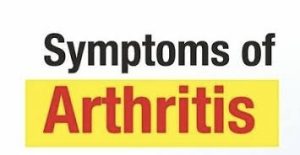
– Joint pain, stiffness, and tenderness
– Swelling, redness, and warmth in the affected joints
– Reduced mobility and flexibility
– Difficulty moving or performing daily activities
– Crunching or grinding sensation in the joints (crepitus)
– Loss of range of motion or stiffness in the morning
– Fatigue and fever
– Loss of joint function and deformity (in severe cases)
Prevention
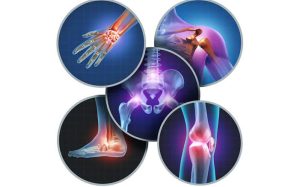
1. Maintain a healthy weight: Excess weight puts additional stress on joints, especially in the hips, knees, and spine.
2. Exercise regularly: Regular physical activity, especially low-impact exercises like cycling or swimming, can help keep joints mobile and strong.
3. Eat a balanced diet: A diet rich in fruits, vegetables, whole grains, and omega-3 fatty acids can help reduce inflammation.
4. Don’t smoke: Smoking can increase the risk of developing rheumatoid arthritis and worsen symptoms.
5. Limit alcohol consumption: Excessive alcohol consumption can increase the risk of developing certain types of arthritis.
6. Protect joints: Avoid injuries and wear protective gear during sports or activities that put stress on joints.
7. Manage stress: Chronic stress can exacerbate arthritis symptoms; engage in stress-reducing activities like meditation or yoga.
8. Get enough sleep: Adequate sleep is essential for overall health, including joint health.
9. Stay hydrated: Drink plenty of water to keep joints lubricated and healthy.
10. Get regular check-ups: Early detection and treatment can help manage arthritis and prevent further damage.
Complications

– Carpal tunnel syndrome: This condition is commonly found in people with rheumatoid arthritis. It is caused by the compression of the median nerve, which controls sensation and movement in the hands. Its symptoms include aching, numbness, and tingling in the thumb, fingers, and part of the hand.
– Widespread inflammation: Rheumatoid arthritis can cause inflammation in other parts of the body, including the lungs, heart, eyes, and blood vessels.
– Joint damage: Rheumatoid arthritis can cause significant and permanent damage to the joints if not treated early. This can lead to joint deformities.
– Cardiovascular disease: People with rheumatoid arthritis are at a higher risk of developing cardiovascular disease. This can lead to life-threatening problems, such as heart attacks and strokes.
– Cervical myelopathy: This condition is caused by the dislocation of the joints at the top of the spine, which puts pressure on the spinal cord. If not treated quickly with surgery, it can lead to permanent spinal cord damage.
Treatment
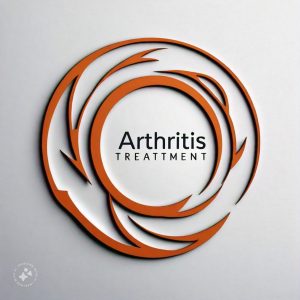
1. Medications:
– Pain relievers (acetaminophen, NSAIDs)
– Anti-inflammatory drugs (corticosteroids, DMARDs)
– Disease-modifying anti-rheumatic drugs (DMARDs)
– Biologic agents (for rheumatoid arthritis)
2. Physical Therapy:
– Exercise programs to improve mobility and strength
– Joint mobilization and manipulation
– Physical modalities (heat, cold, electrical stimulation)
3. Lifestyle Modifications:
– Assistive devices (canes, walkers, splints)
– Adaptive equipment (grip aids, reachers)
– Energy conservation techniques
4. Alternative Therapies:
– Acupuncture
– Massage
– Yoga
– Tai chi
5. Surgery:
– Joint replacement (hip, knee, shoulder)
– Joint repair (tendon repair, ligament repair)
– Osteotomy (realignment of bones)
6. Other Interventions:
– Injections (corticosteroids, hyaluronic acid)
– Viscosupplementation (hyaluronic acid)
– Platelet-rich plasma (PRP) therapy

